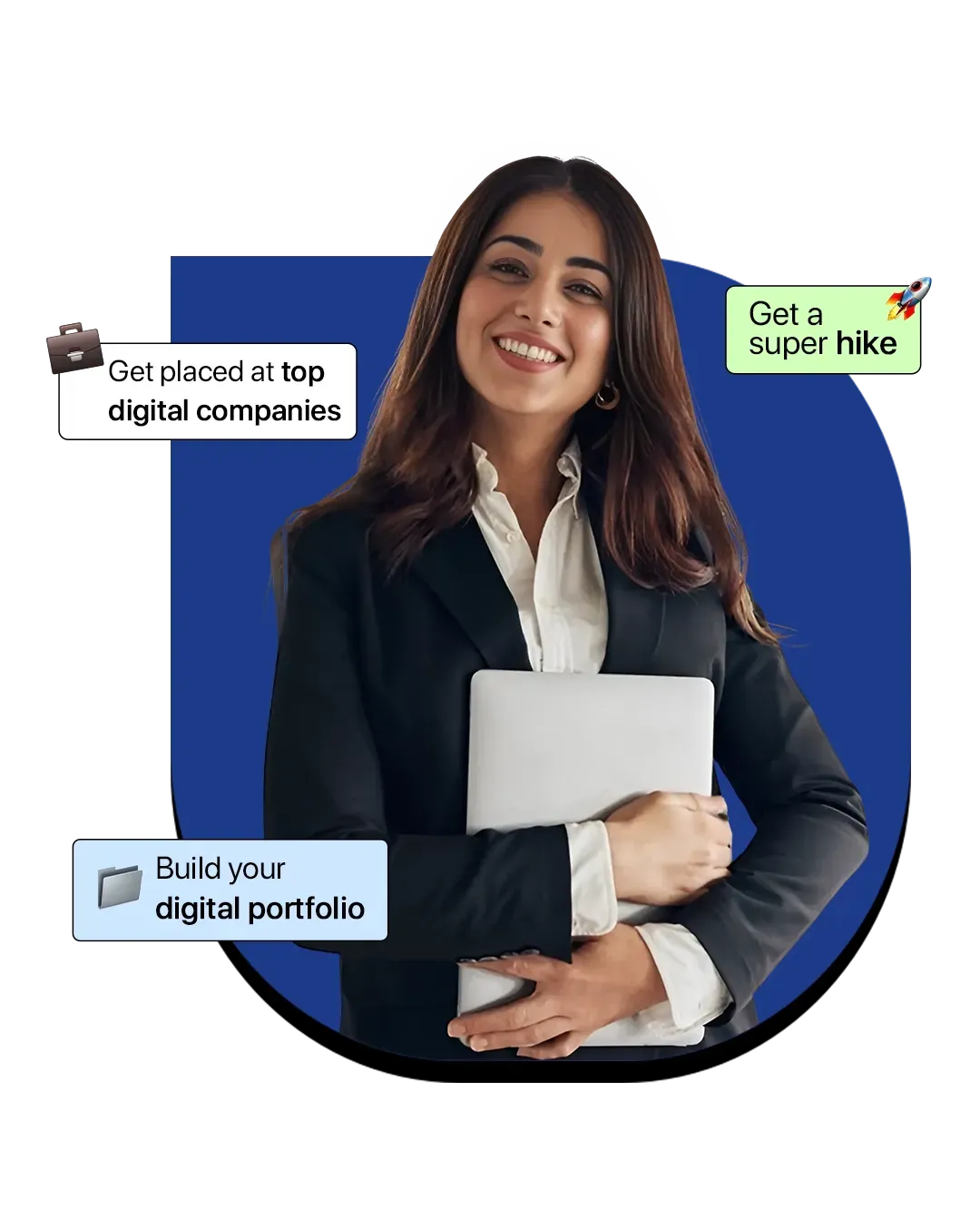Digital Marketing Funnel: The marketing funnel becomes a vital key factor for business when it comes to its usefulness in the competitive world of digital marketing. A digital marketing funnel is a process through which a potential customer is led on the right path towards the company’s products and services, as well as the buying and post-purchase stages. Besides, it is useful not only in gaining new customers but also in cultivating them into faithful buyers.
Let’s take a deeper look at the basic strategies that you can follow when it comes to creating extended digital marketing sales funnels. Here we shall give a brief description of what the marketing funnel is and its importance. After that, we will discuss each of the stages of the customer’s journey, which is Awareness, Consideration, Conversion, and Loyalty, indicating the main strategies and recommendations associated with them.
What you should be expecting by the time you are through with this guide is to have a well-laid plan of how you can design and use an effective funnel to capture, nurture, and close potential customers. This guide is for the beginner with no previous experience in digital marketing or for the person seeking to optimize the existing strategy that he or she uses.
Understanding Digital Marketing Funnels
A digital marketing funnel is an apparatus used to chart the consumer’s consumption process throughout the different stages of the marketing mix until they become repeat consumers. Its main function is to bring prospects through the funnel and move them through a process of selling, in a way converting them into repurchasing customers.
The funnel typically comprises four key stages:
1. Awareness: This is the awareness level where customers are introduced to your brand via content marketing, SEO, and paid advertisement.
2. Consideration: Here, clients are comparing and assessing solutions that are provided by your company. They get more involved with your content in their way like through signs-up to your promo emails, webinars, and retargeting ads trying to figure out how your product solves their problems.
3. Conversion: This is where the leads are likely to make a purchase decision. Some of them are perfect CTAs, compelling landing pages, and certain offers. The whole user experience should be smooth.
4. Loyalty: After the sale, your target is to safeguard the buyer through support, reward as well as selling the same buyer other products. Taking first-time buyers into loyal clients and brand promoters is the main concentration of this stage.
We at Graphino understand the customer’s needs and systematically cater it. Right from the top of the funnel to the bottom, thus the process from awareness to loyalty is enhanced.
Stage 1: Awareness
The first stage or funnel of digital marketing is Awareness, which aims to capture the attention of potential customers. This is one of the critical phases, especially because it determines the entire interaction with the target customer. Here’s how to effectively create awareness:
1. Content Marketing: Make quality content that is emotionally appealing to your audience. This can be done through text, such as a blog post or video, an infographic, or a social media post. It should solve some of the customer’s persistent problems, offer some insight that will be of benefit to the customer, and demonstrate your brand’s authority. For example, a blog post labeled “10 Tips for Healthier Skin” not only attracts users interested in skincare but also.
2. SEO Strategies: Achieve organic visibility through search engines by making adjustments on the site as well as the materials uploaded therein. relevant keywords, generate quality content that would rank high on the search engine, and establish backlinks. This is because specific actions, such as ensuring that your website gets ranked for terms such as ‘best skin care products, will help bring organic traffic to the table.
3. Paid Advertising: Use paid ads when you want to get your content in front of more people in the shortest time possible. Use Google AdWords and social media advertising such as Facebook and Instagram to come up with the details of the target group of people in terms of interests, behaviors, and locations among others. Paid advertising instantly targets people to your website or landing pages.
4. Metrics to Measure Awareness: Think about the relevant KPIs, which would show the results of awareness in your organization. Metrics involve the number of visitors on a website, likes, comments, shares, and others from paid promotions. Considering these means, you can determine which of the applied techniques is bringing more people in and consider the results to fine-tune the approach.
Creating awareness is about being arrested and gaining a set of attention. The optimization in this stage provides increased chances of having a good funnel hence, prospects of moving to the next stages of the funnel.
Stage 2: Consideration
The Consideration stage is the stage when a lead assesses his needs and decides whether your brand is a match for him. These activities involve relationship building which is part of the intermediate phase that is majorly aimed at consolidating trust. Here’s how to effectively manage this stage:
1. Email Marketing: To ensure that one is always communicating with the prospects, create & categorize the email marketing lists. Opt for incorporating newsletters that contain useful information, including market news, examples, or special promos. Your email list should be properly divided depending on how the users respond to and interact with your company’s products.
2. Retargeting Ads: Use retargeting to target the users who interacted with the website or content before and bring them back. Other forms of advertising that can be used are Google ads and social media that make people conscious of your products or services all the time.
3. Webinars and Downloadable Resources: Provide a series of webinars, eBooks, or whitepapers that offer solutions for problems that target clients are having or information which is important to them. These resources can store leads’ details and can show how you can be of value to prospects in their buying process.
4. Building Trust and Providing Value: That is why it is necessary to build up credibility by using such tools as testimonials, case studies, and reviews. Introducing transparency and having value in the content are two characteristics that any community seeking to gain the trust of the public has to embrace. Stress your unique selling propositions (USPs) and the ways your solution solves particular problems.
5. Metrics to Measure Consideration: Record interaction rates concerning emails and the links clicked, impressions obtained from the displayed ads, and the number of attendees in webinars. Evaluating such figures is useful in identifying the extent to which you are managing the leads’ consideration phase and the areas that require improvement.
Handling of the Consideration stage assists in the proper direction of the leads or prospects to make the right decision for the right outcome in relation to the objectives of the business.
Stage 3: Conversion
In the Conversion stage, customers are out of prospects as they make the necessary purchase/ the intended call to action. This stage is used to translate interest into commitment with the help of actions and well-chosen tactics.
1. Effective CTAs (Call to Action): Create strong and relevant clickable links that urge the target audience to take the next step like; ‘Buy now,’ ‘Get started,’ or ‘Request a demo.’ It is wise to place these clickable links strategically at the bottom of the landing page, product page or mid-article.
2. Optimized Landing Pages: Develop landing pages that are very relevant to the offer or promotion being made to the customers. Make sure that they are organized clearly, well designed and contain coercion factors like testimonials, benefits, and CTA. Proper landing pages design can highly increase conversion rates.
3. Sales Strategies and Discounts: Implement sales tactics such as limited-time offers, discounts, or bundled deals to create urgency and incentivize purchases. Offering time-sensitive promotions can encourage prospects to act quickly and complete their transactions.
4. Importance of User Experience (UX): Ensure a smooth and intuitive user experience on your website and during the checkout process. Optimise page load times, make navigating easier and offer multiple payment choices to avoid friction and cart abandonment.
5. Metrics to Measure Conversions: Track key metrics such as conversion rate, average order value, and cart abandonment rate. Analyzing these metrics helps you understand how well your strategies are performing and identify areas for improvement.
Effectively managing the Conversion stage is essential for maximizing the return on your marketing efforts and achieving business goals. By focusing on persuasive CTAs, optimized landing pages, and a seamless user experience, you can drive successful conversions and grow your customer base.
Stage 4: Loyalty
It is noteworthy that the Loyalty level is focused on the repletion of consumers’ purchases and subsequent recommendations to others. It is important to achieve this aspect at this stage if the firm wants to enhance customer lifetime value as well as build good working relationships. Here’s how to enhance customer loyalty:
1. Customer Satisfaction and Support: Some aspects of corporate occasions: guaranteed high-quality service by responding to and solving any expressed complaints and problems rapidly. Holding availability to customers through different media (e.g., chat, e-mail, phone) is useful for satisfying customers and making them come back.
2. Loyalty Programs: Use reward programs on customers that will compel them to purchase the organization’s products in the future. Extensions of this kind depend on making generous offers of points, discounts, or other unique gains for these organizations’ frequent purchasers. Scheme programs that reward customers give a sense of commitment to the company, besides stimulating sales among the same clientele.
3. Upselling and Cross-Selling: Look for opportunities to recommend additional products or services that may be of interest to the client and are linked to the products they have purchased. There is always a tactic to offer products to customers to order based on their previous purchases; this is a way of improving the average value of each order.
4. Encouraging Referrals and Reviews: Increase product loyalty to make other satisfied customers recommend it to their friends or write good comments about it. Promotion through existing consumers, such as awards or discounts, can also aid in the capture of new clients via word of mouth. Positive reviews are justified by facts and a recommendation from another person is always beneficial when making a choice.
5. Metrics to Measure Customer Loyalty: Measures should include the rate of repeat purchase, and how valuable the customer is likely to be, NPS. These places give an indication of the level of satisfaction and loyalty of your clientele hence assisting in addressing your retention strategies.
These aspects are important to focus, as they contribute to the creation of customer databases and permanent further cooperation and recommendation.
Tools and Technologies
In order to have a well-managed and fully optimized funnel within the realm of digital marketing, the proper application of tools and technology a must. Here’s a look at key tools that can enhance each stage of your funnel:
1. CRM Systems: Those familiar may be Customer Relationship Management (CRM) systems such as Salesforce, and HubSpot amongst others to manage the interactions with leads as well as customers. They consolidate customer information, launch follow-ups, and enhance relation management across the funnel.
2. Email Marketing Tools: For targeted promotional emails, tools like Mailchimp, Constant Contact, or Sendinblue in implemented effectively. These applications help you categorize the users, set automatic follow-ups, and measure interaction rates to effectively support the leads and conversions.
3. Analytics Platforms: Using tools like Google Analytics, the website owner can easily track the traffic to his site, users’ behavior, and the performance of the Funnel. A: They are useful for tracking important statistics, studying users’ behavior, and finding out potential problems.
4. Marketing Automation Software: Marketo or Pardot are examples of marketing automation tools that help to manage leads, their scoring, nurturing, and campaigns. Communication reaches the prospects on time as well as increases efficacy through automation.
When used properly, they improve the gauge and control of the marketing funnel management in a manner that will increase the efficiency of the given operations.
Conclusion
Concisely, achieving a successful funnel in the field of digital marketing is a rather delicate process that presupposes the detailed control of the given stages, which include Awareness, Consideration, Conversion, as well as Loyalty. Essentially, we at Graphino work with the key strategies, tools, and constant analysis of the funnel’s effectiveness to be applied properly so that every stage of the funnel can be maximized.
This kind of structure does not only improve the prospect of leads by making them easier to capture and convert, but also it sustains client relations. It is necessary to evaluate the current funnel and use this information for the improvement of the situation and the creation of a more interesting and engaging customer path. Learn Digital Marketing Course in Jaipur at Graphino Design Academy! Master SEO, social media, PPC, and more with our expert-led courses. Enroll now to boost your career in digital marketing.





